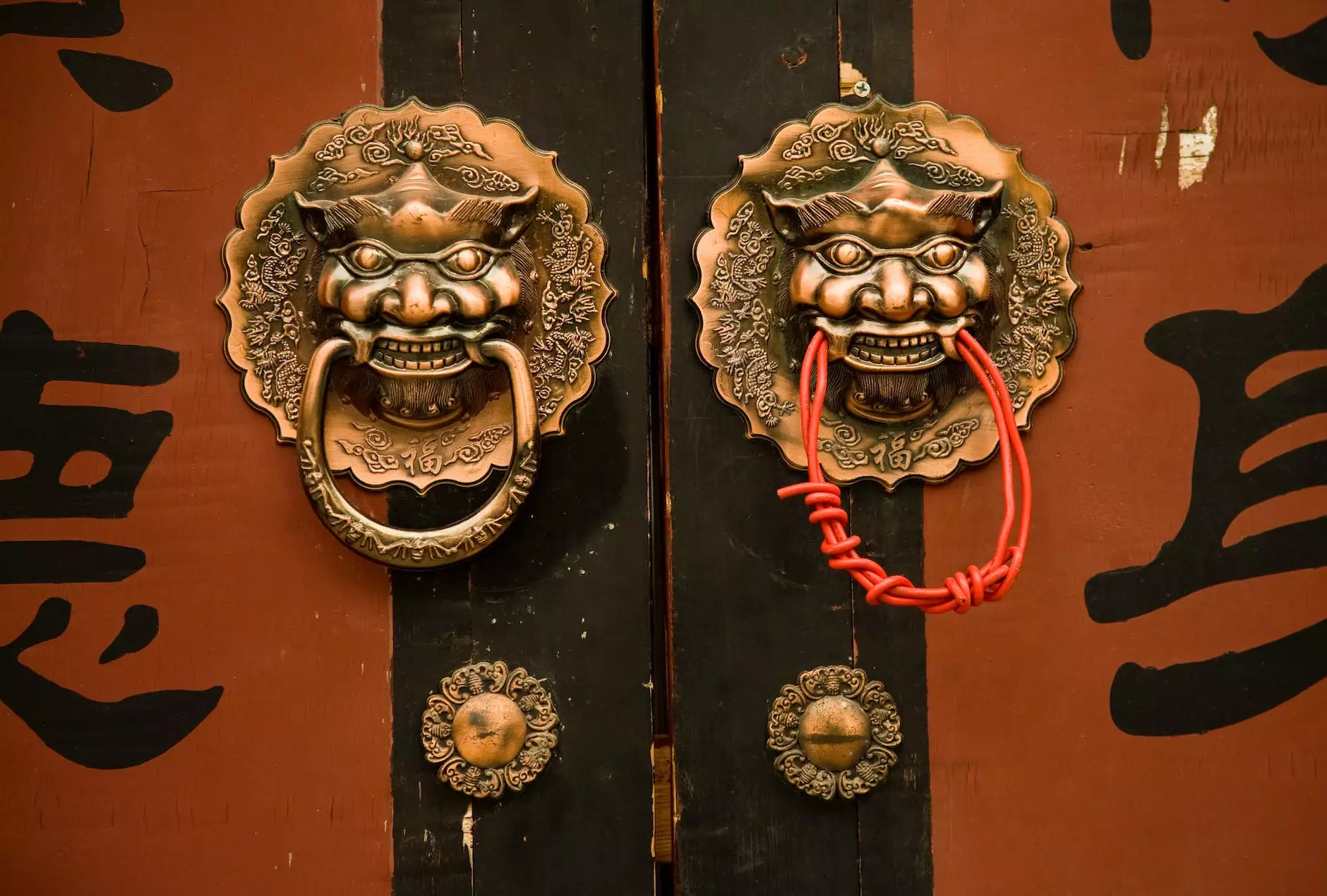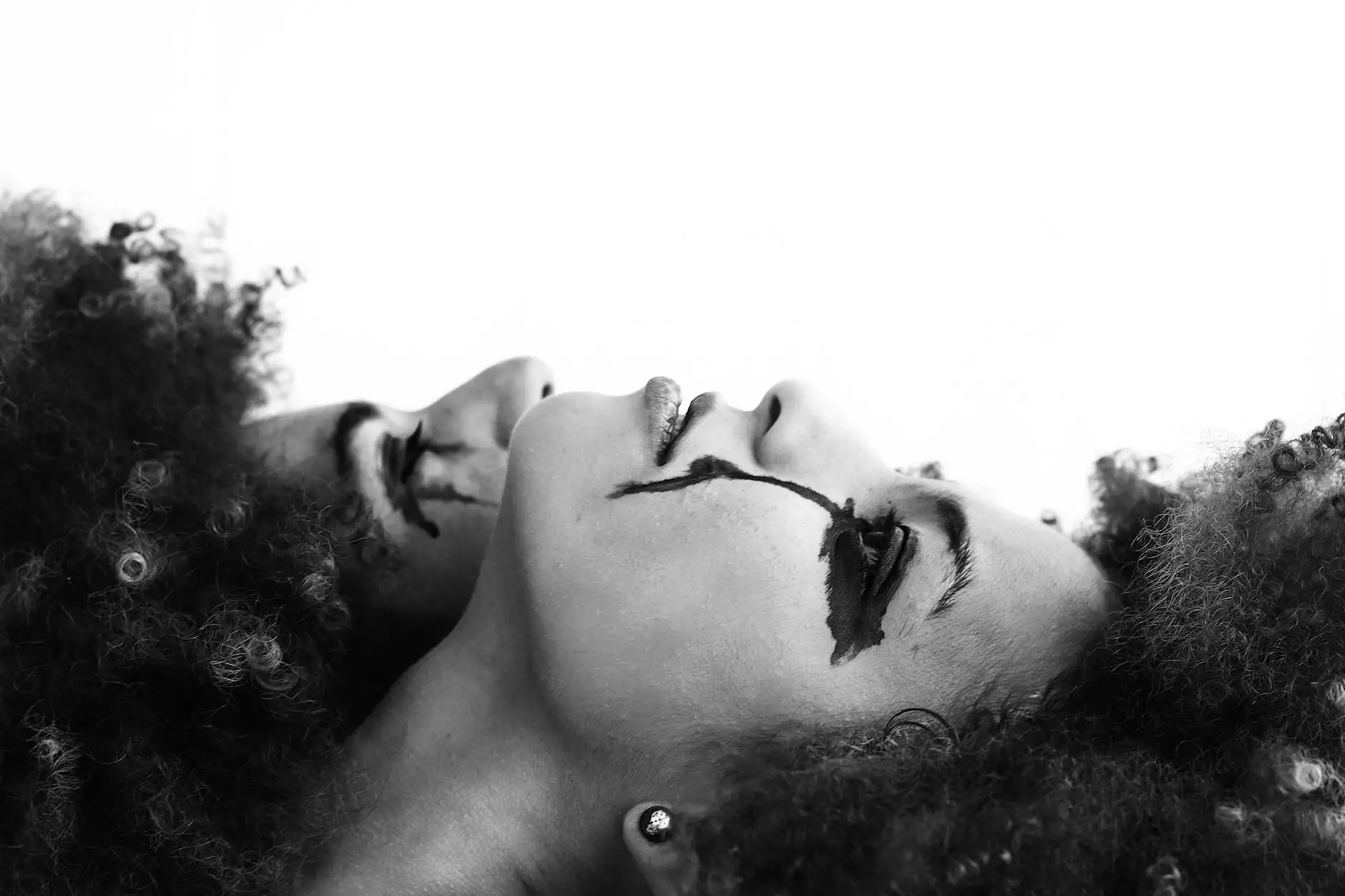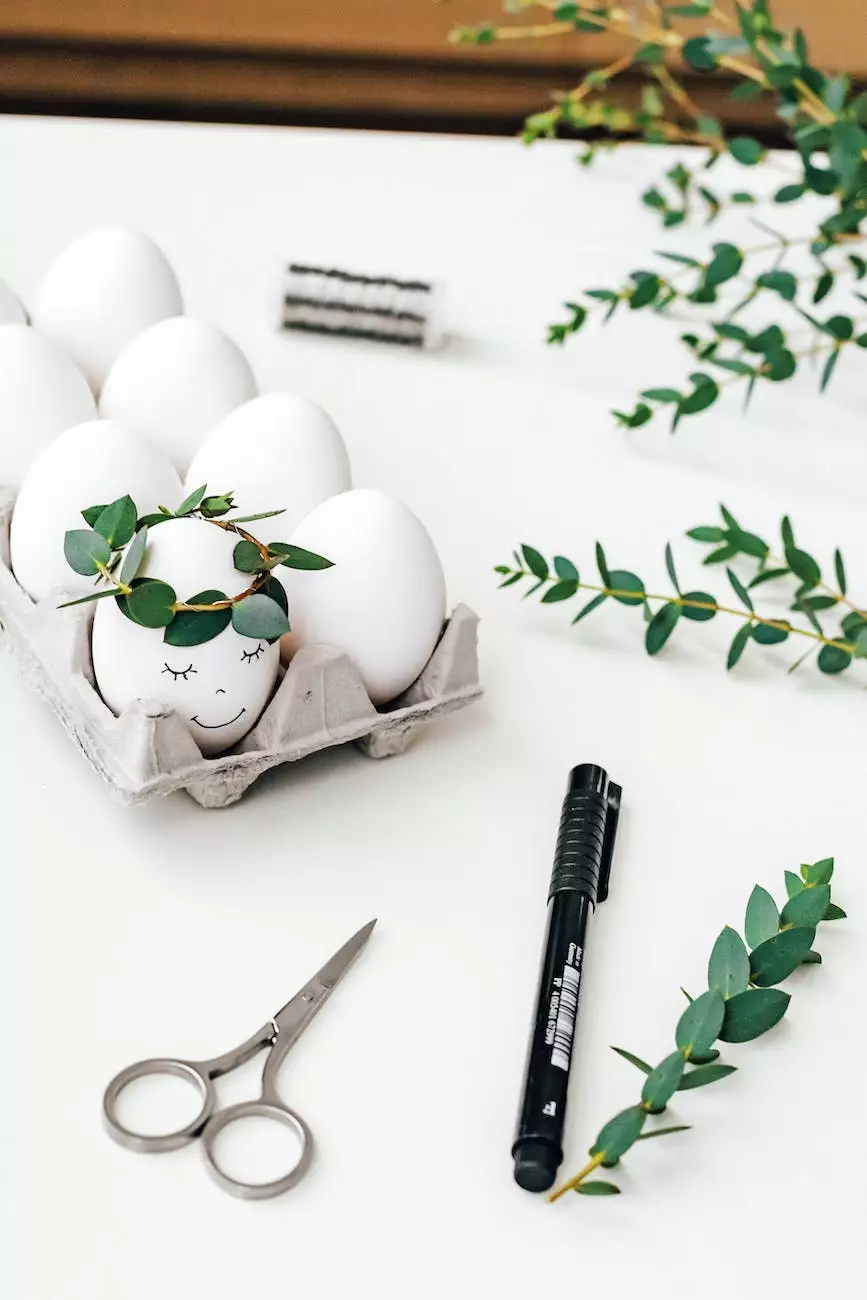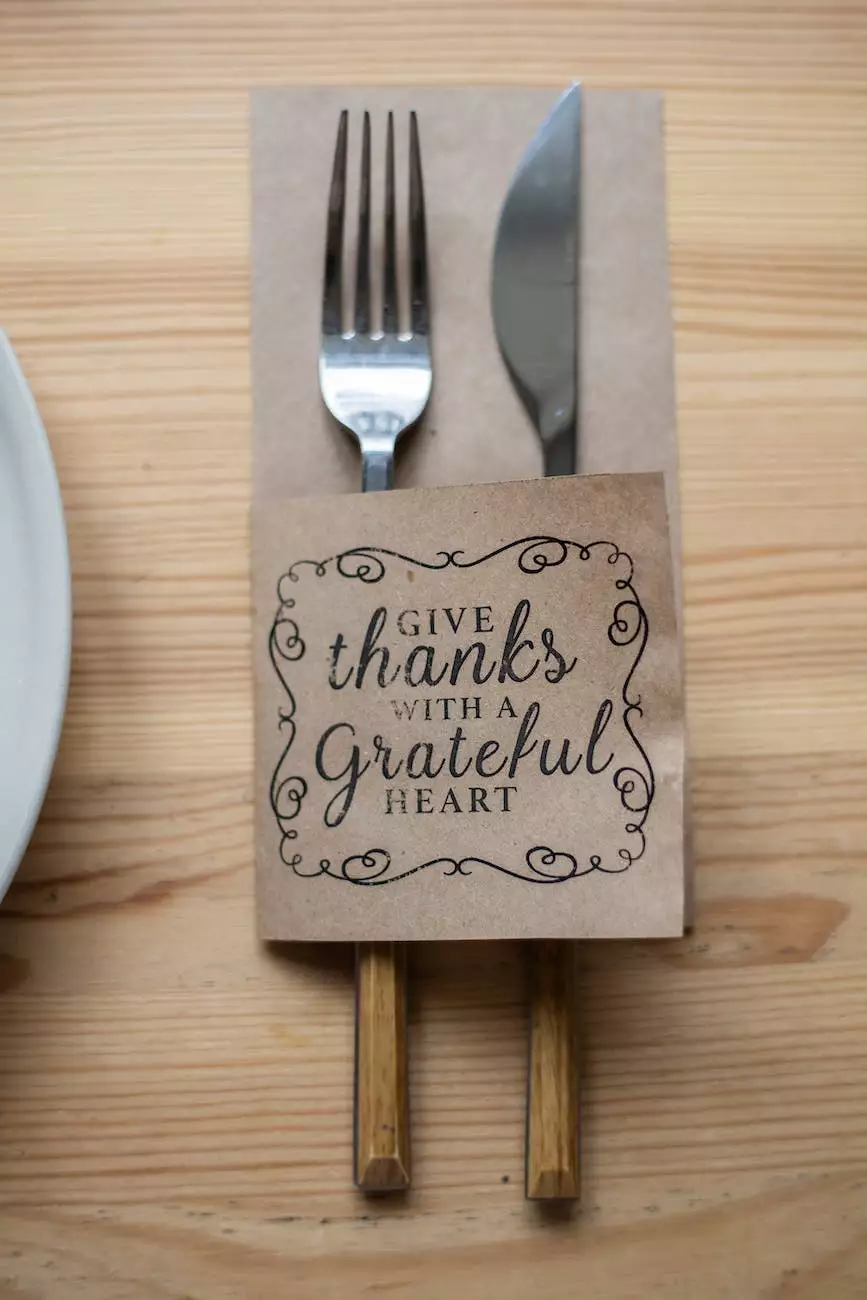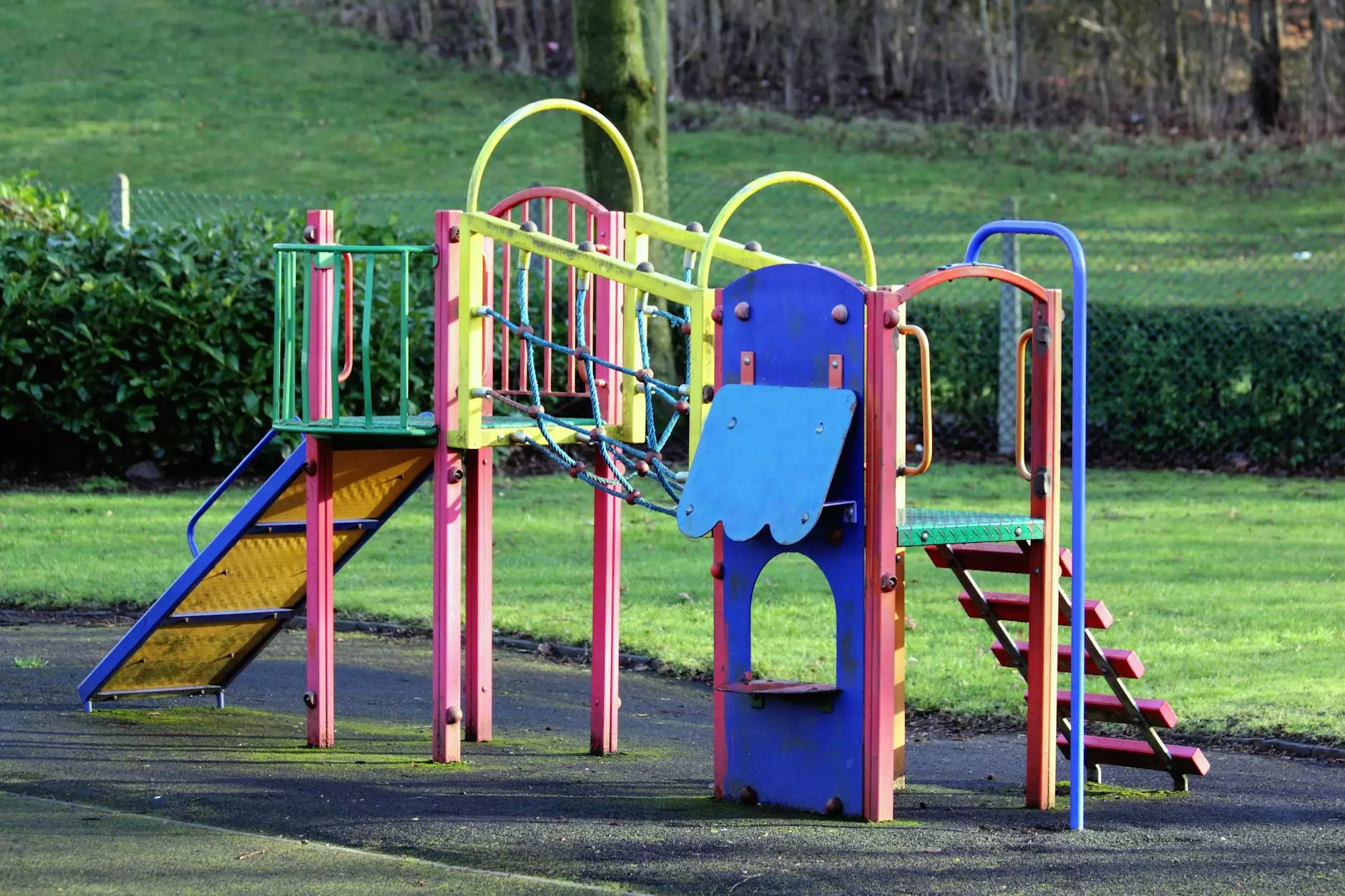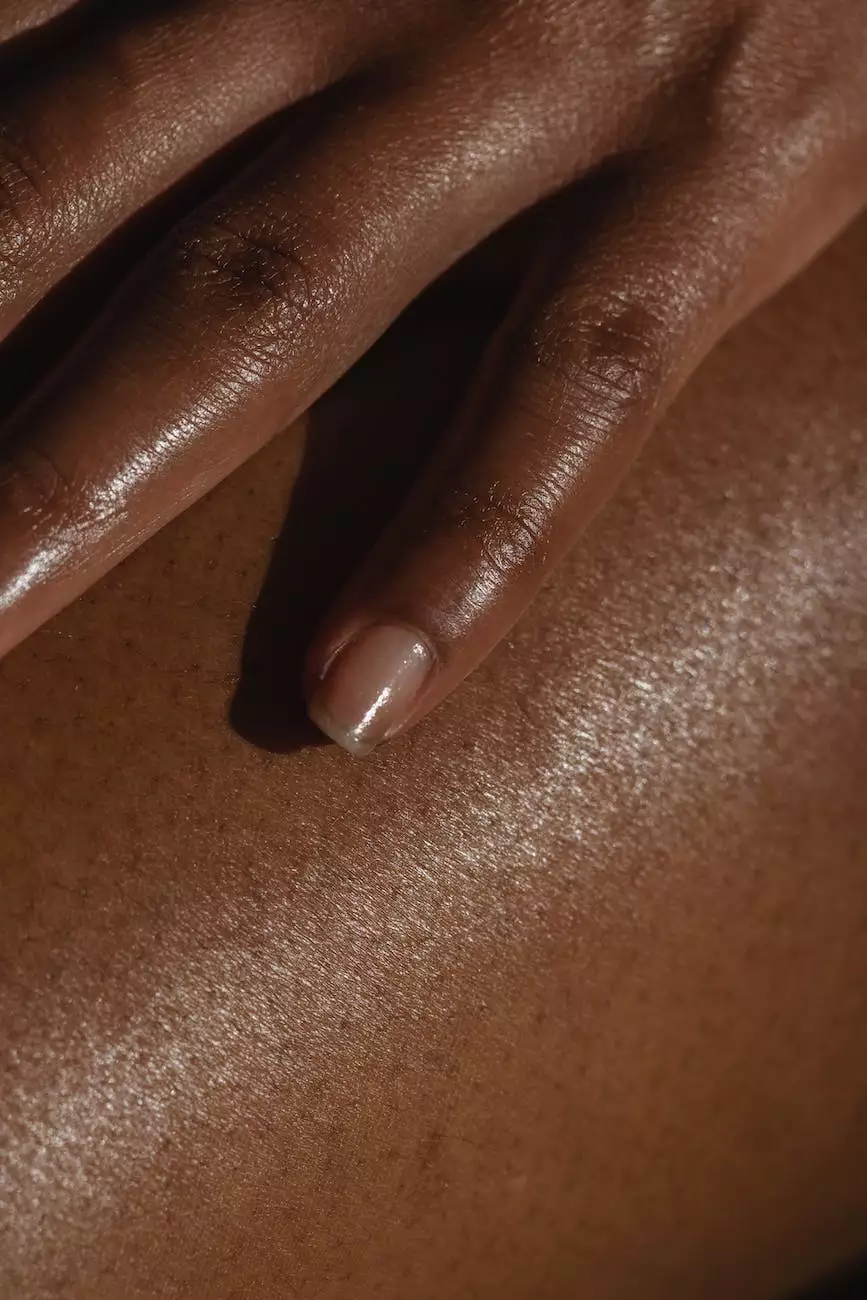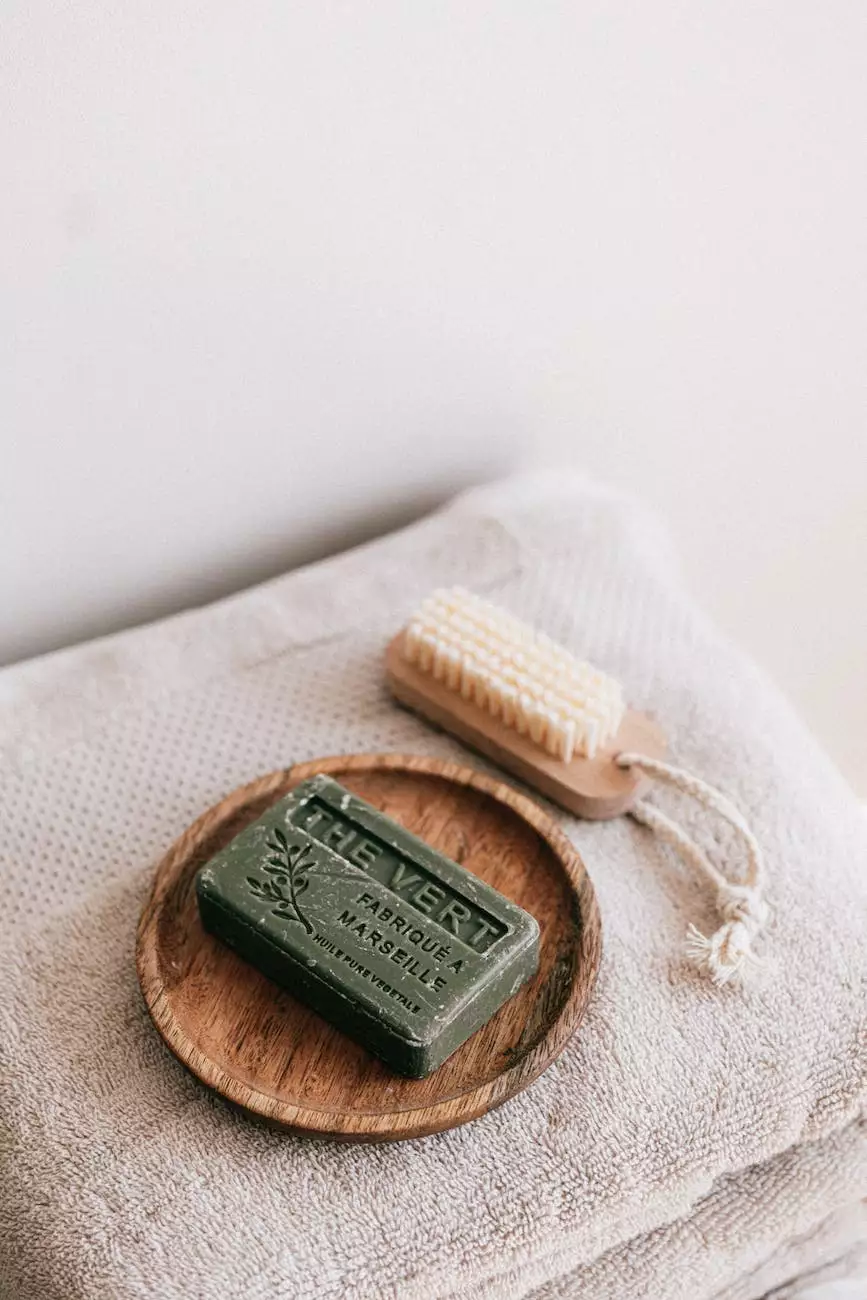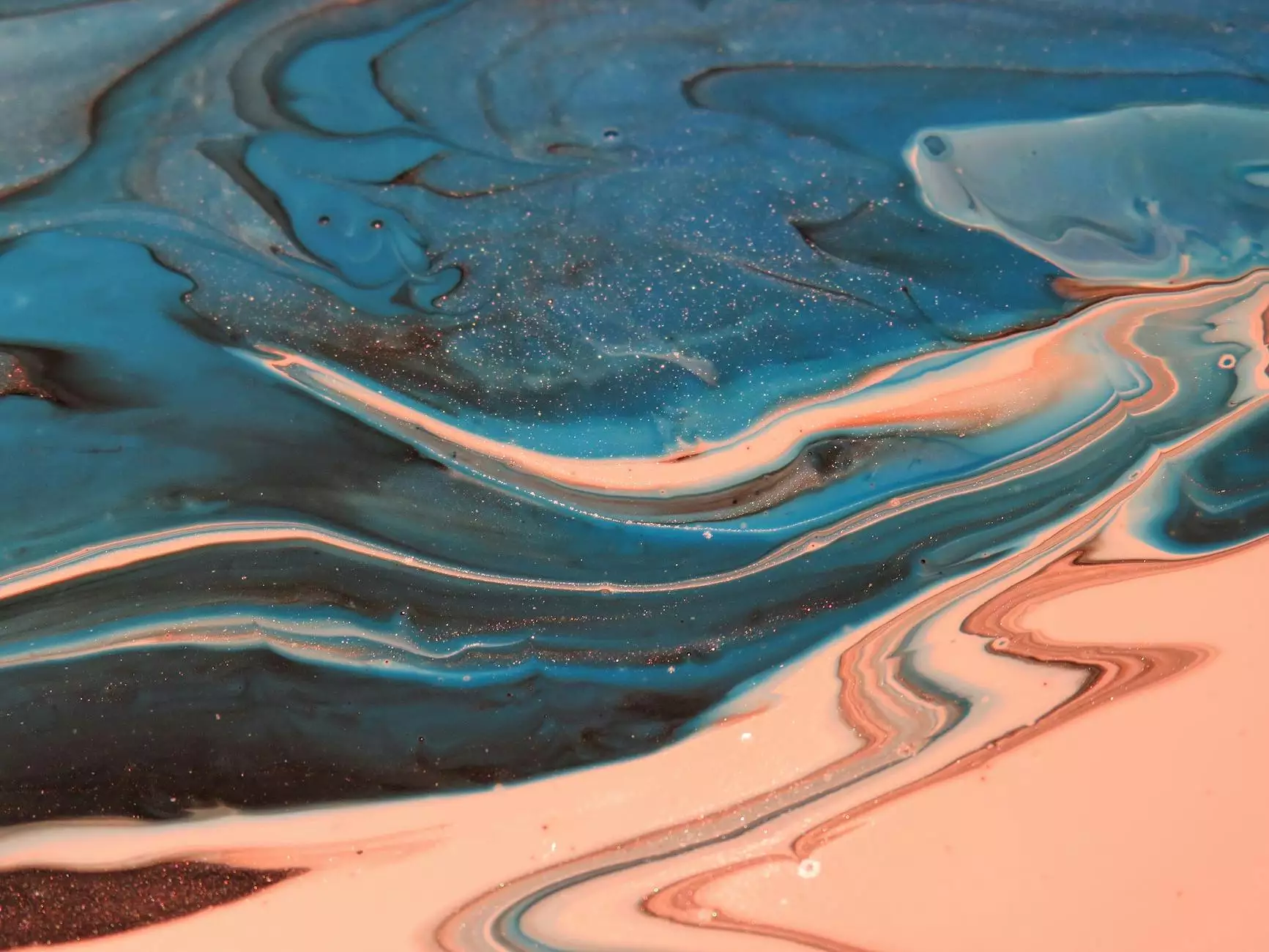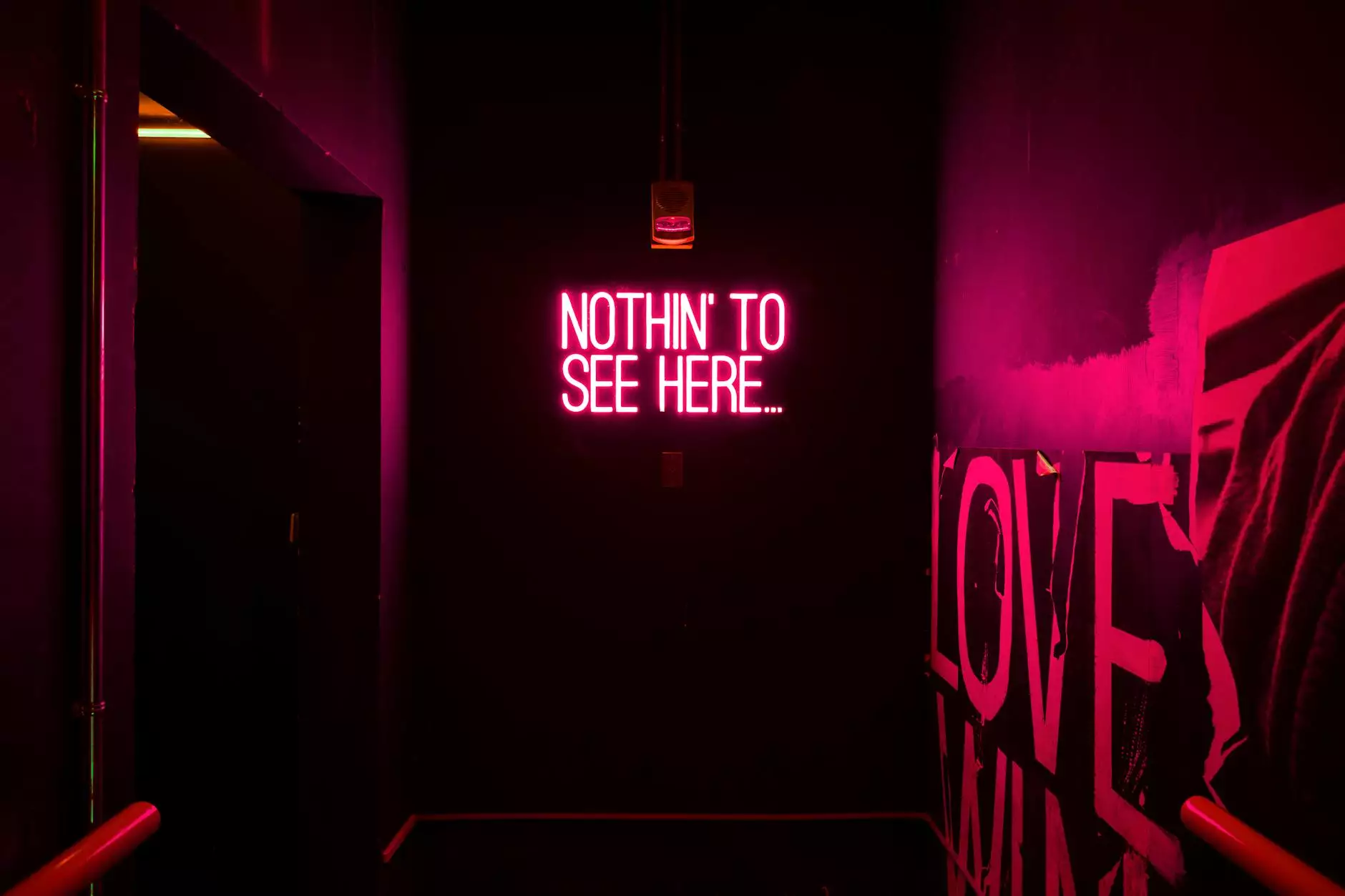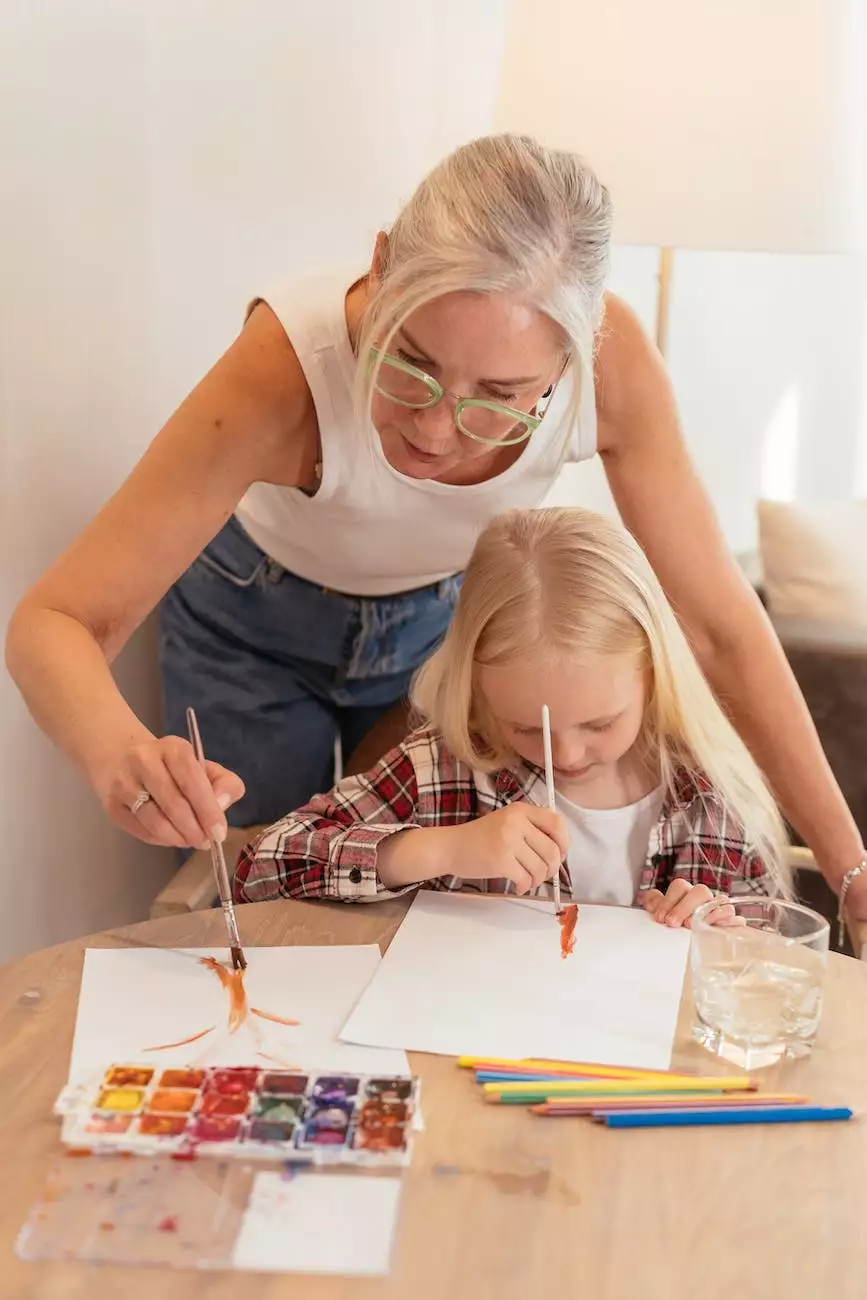A Work of Heart Blog – Tagged bullet journal
Blog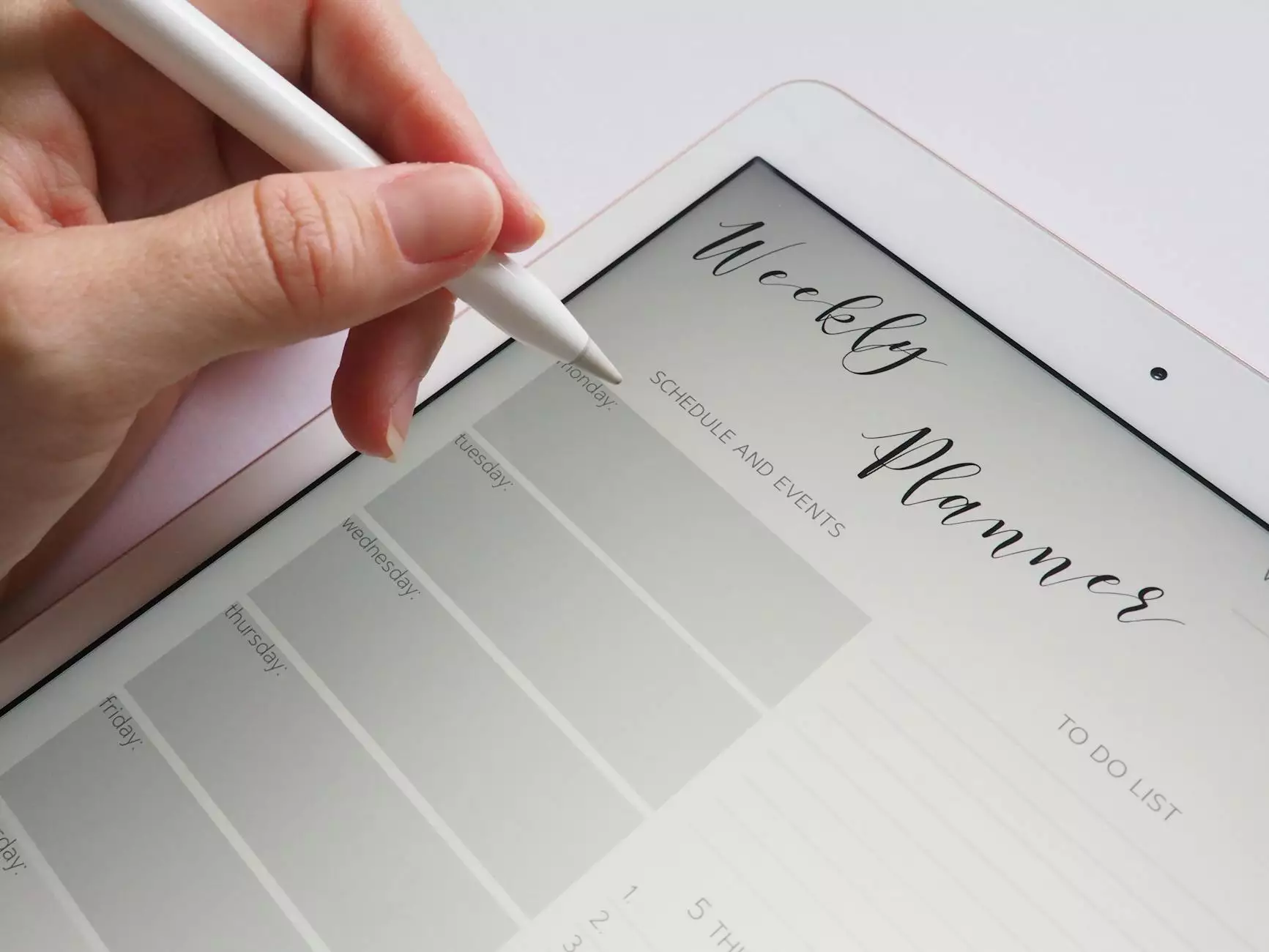
Introduction to Bullet Journaling
Bullet journaling is a creative and efficient system that combines elements of a planner, diary, and to-do list. It provides a flexible framework for organizing your thoughts, tasks, and goals in one place. At Sable's Face Painting, we believe that bullet journaling is not only a practical tool but also an artistic expression that can enhance your visual arts and design skills.
Why Bullet Journaling Matters in the Arts & Entertainment Industry
In the competitive world of arts and entertainment, staying organized and inspired is essential. The visual arts and design field demands creativity, precision, and effective time management. By incorporating bullet journaling into your artistic journey, you can streamline your workflow, track your progress, and unleash your creative potential.
Benefits of Using a Bullet Journal for Visual Artists
While there are various planning systems available, bullet journaling offers unique advantages specifically tailored to the needs of visual artists:
1. Customizable Layouts and Collections
In a bullet journal, you have complete control over the structure and layout. You can create personalized sections for brainstorming ideas, sketching, tracking art supplies, managing project deadlines, and more. Customizable collections allow you to adapt your journal to focus on specific artistic goals or themes.
2. Creativity Boosting
As artists, we thrive on creativity. A bullet journal serves as a canvas for your ideas, allowing you to incorporate artistic elements such as hand-lettering, doodles, and color-coded systems. The act of designing your journal pages itself can spark inspiration and ignite your imagination.
3. Time Management and Goal Setting
Efficiently managing your time is crucial for success in the arts and entertainment industry. Bullet journaling offers a space to prioritize tasks, set deadlines, and plan projects. By breaking down larger goals into manageable steps, you can ensure progress and productivity.
4. Reflection and Growth
With regular journaling, you create a record of your artistic journey. Reflecting on your progress, achievements, and setbacks can help you grow as an artist. By analyzing what works and what doesn't, you can refine your creative process and push your boundaries.
Tips and Ideas for Bullet Journaling in Visual Arts and Design
1. Artist Sketchbook Pages
Design dedicated sections within your bullet journal to showcase your artwork and sketches. Use various layouts, such as a grid or storyboard, to experiment with different compositions and styles. Adding annotations or descriptions can provide valuable insights when revisiting your work.
2. Color-Coding Systems
Utilize color-coded systems to differentiate between different types of tasks, projects, or art mediums. For example, assign specific colors to painting, drawing, or sculpting. This helps to visually organize your journal and easily identify your priorities or art-related commitments.
3. Habit and Mood Trackers
Bullet journaling allows you to track your creative habits and monitor your mood fluctuations. Create habit trackers to stay consistent with your art practice, whether it's dedicating time to paint or exploring new techniques. Mood trackers can help you identify patterns and understand how your emotions influence your artistic process.
4. Brainstorming and Idea Generation
Dedicate a section of your bullet journal to brainstorming and jotting down ideas for future art projects. Use mind maps, word webs, or simple lists to capture your creative thoughts. Encourage yourself to think outside the box and experiment with new concepts, themes, or subject matters.
5. Project Timelines and Deadlines
Create project timelines and set realistic deadlines for your art projects. Break down complex projects into smaller, manageable tasks and allocate specific timeframes for each. Tracking your progress visually not only helps manage your time effectively but also provides a sense of accomplishment as you complete each milestone.
6. Art Supplies Inventory
A bullet journal can serve as a handy repository for tracking your art supplies inventory. Create a dedicated spread where you can document your preferred tools, paints, brushes, and other materials. This helps you stay organized, restock when necessary, and budget for future art supplies.
Inspiring Bullet Journal Examples for Visual Artists
1. Monthly Art Challenges
Create a monthly art challenge page in your bullet journal to encourage yourself to explore new techniques or themes. Set daily prompts that push you out of your comfort zone, and document your progress along the way. Share your creations on social media to connect with other artists and inspire fellow creatives.
2. Doodle and Hand-Lettering Practice
Designate pages for doodling, hand-lettering practice, or experimenting with different art styles. Treat your bullet journal as a safe space to unleash your creativity without judgment. The more you practice, the more you'll refine your skills and develop your unique artistic voice.
3. Inspiration Gathering
Use your bullet journal to collect visual references, quotes, or artistic techniques that inspire you. Create a dedicated section where you can paste magazine cutouts, printouts, or draw small sketches to capture your visual inspirations. Flip through these pages whenever you need a creative boost or fresh ideas.
4. Artistic Bucket List
Create a bucket list of art goals or artistic experiences you want to achieve within a certain timeframe. Display this list prominently in your bullet journal to serve as a reminder of what you're working towards. As you accomplish each goal, document your journey to inspire others and celebrate your achievements.
In conclusion, bullet journaling offers visual artists a powerful tool to stay organized, boost creativity, and achieve their artistic goals. At Sable's Face Painting, we believe in supporting artists in their creative journey, and we hope these tips and ideas inspire you to embrace bullet journaling as part of your artistic process.

